-
Welcome to Tundras.com!
You are currently viewing as a guest! To get full-access, you need to register for a FREE account.
As a registered member, you’ll be able to:- Participate in all Tundra discussion topics
- Transfer over your build thread from a different forum to this one
- Communicate privately with other Tundra owners from around the world
- Post your own photos in our Members Gallery
- Access all special features of the site
Tire Pressure Chalk Test - How to guide
Discussion in 'Wheels & Tires' started by csuviper, Jul 7, 2015.


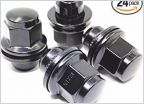 Lug Nut Question
Lug Nut Question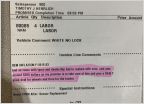 Discount tire wears me out!
Discount tire wears me out!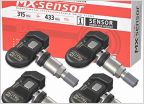 2020 tundra tpms loop
2020 tundra tpms loop Tire Fender Overhang Formula
Tire Fender Overhang Formula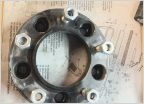 Name that spacer
Name that spacer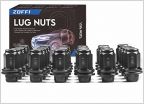 Locking lug nuts
Locking lug nuts













































































